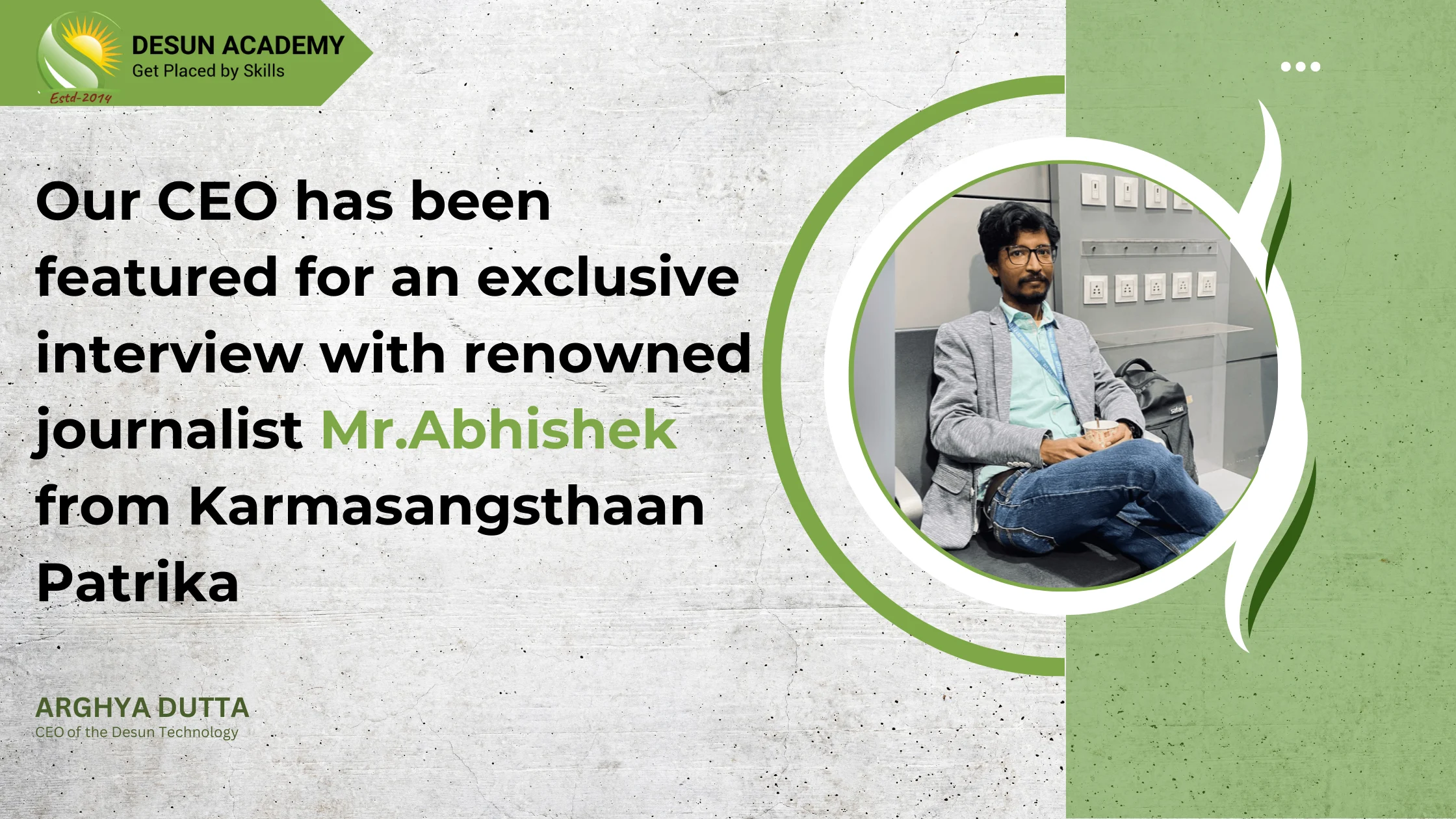
Full-Stack Development Course
The Rise of Full-Stack Development: What You Need to Know
Do you want to know more about the Full Stack Development Course? Then this article is for you. In the dynamic landscape of software development, Full-Stack Development has emerged as a powerhouse skillset that bridges the gap between front-end and back-end technologies. This holistic approach to coding allows developers to create end-to-end solutions, making them highly sought after in the tech industry. In this blog post, we’ll delve into the rise of Full-Stack Development, its significance, and what aspiring developers need to know about this trend.
How Does a Full Stack Work?
As technology is used more and more in every part of life, websites are becoming a crucial component. It is now essential to have a visually appealing website that is easy to use. However, creating a website that is both effective and efficient takes expertise and is not a simple task. Professionals with these abilities are known as web developers, and they create both client-side and server-side code for websites. We refer to this as full stack.
To put it another way, full stack refers to both the front end, or the portions of a website that people can view and interact with, and the back end, or the data processing, software, and other components that enable a website to function.
Understanding Full-Stack Development:
Full-Stack Development refers to proficiency in both front-end and back-end technologies, enabling developers to work on all aspects of a web application. This includes designing user interfaces, implementing functionalities, and managing databases. The term ‘stack’ refers to the combination of technologies, frameworks, and languages used in both front-end and back-end development.
The Evolution of Full-Stack Development:
Traditionally, developers specialized either in front-end or back-end technologies. However, as web development became more complex, the demand for professionals with a comprehensive skill set grew. Full-stack development emerged as a response to this demand, allowing developers to contribute to all stages of a project.
Advantages of Full-Stack Development:
-
Versatility: Full-Stack developers possess a versatile skill set, making them adaptable to various project requirements. This adaptability is a significant asset in today’s fast-paced development environment.
-
End-to-End Project Understanding: Full-Stack developers have a holistic understanding of a project, from conception to deployment.This comprehensive knowledge facilitates better communication and collaboration within development teams.
-
Cost-Efficiency: For smaller projects or startups, having a Full-Stack Developer can be cost-effective, as one professional can handle multiple aspects of development without the need for specialized individuals.
-
Faster problem-solving: Full-stack developers can identify and solve issues across the entire application stack. This results in quicker problem resolution and improved efficiency in the development process.
-
Career Advancement:The demand for Full-Stack Developers is consistently on the rise. Acquiring expertise in both front-end and back-end technologies opens up numerous career opportunities and can lead to higher salaries.
Key Technologies in Full-Stack Development:
-
Front-End Technologies: HTML, CSS, JavaScript.Front-end frameworks like React, Angular, or Vue.js
-
Back-end technologies: Server-side languages such as Node.js, Python, Ruby, or Java. Databases like MySQL, MongoDB, or PostgreSQL. Server management with tools like Express, Django, or Flask
-
Version Control Systems: Git for tracking changes and collaborating with other developers
-
Challenges and Considerations: While Full-Stack Development offers numerous benefits, it comes with its challenges. Developers need to stay updated with the latest technologies in both the front-end and back-end domains, which can be time-consuming. Additionally, mastering multiple technologies requires a commitment to continuous learning.
Conclusion:
The rise of Full-Stack Development signifies a shift towards comprehensive skill sets in the software development industry. Aspiring developers should consider acquiring expertise in both front-end and back-end technologies to remain competitive in the job market. With its versatility and demand, Full-Stack Development is not just a trend but a fundamental approach to reshaping the way we build web applications. Embracing this holistic perspective can open doors to exciting career opportunities in the ever-evolving world of technology.To know more visit us.








